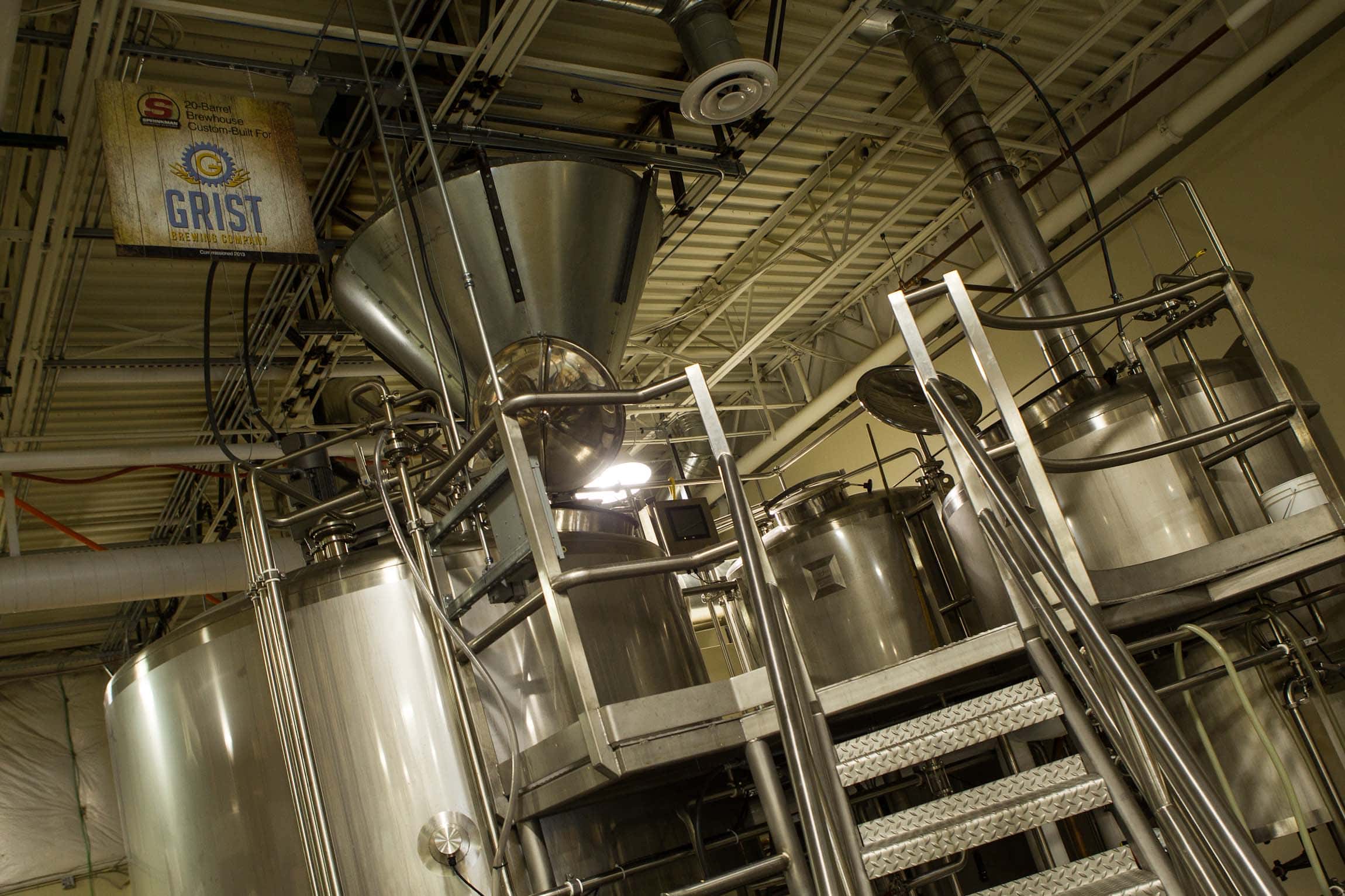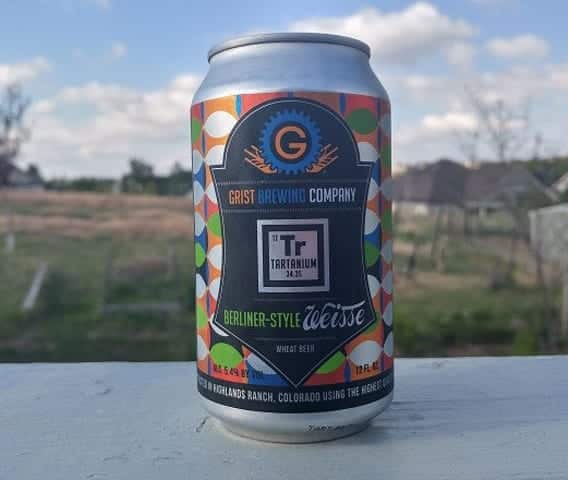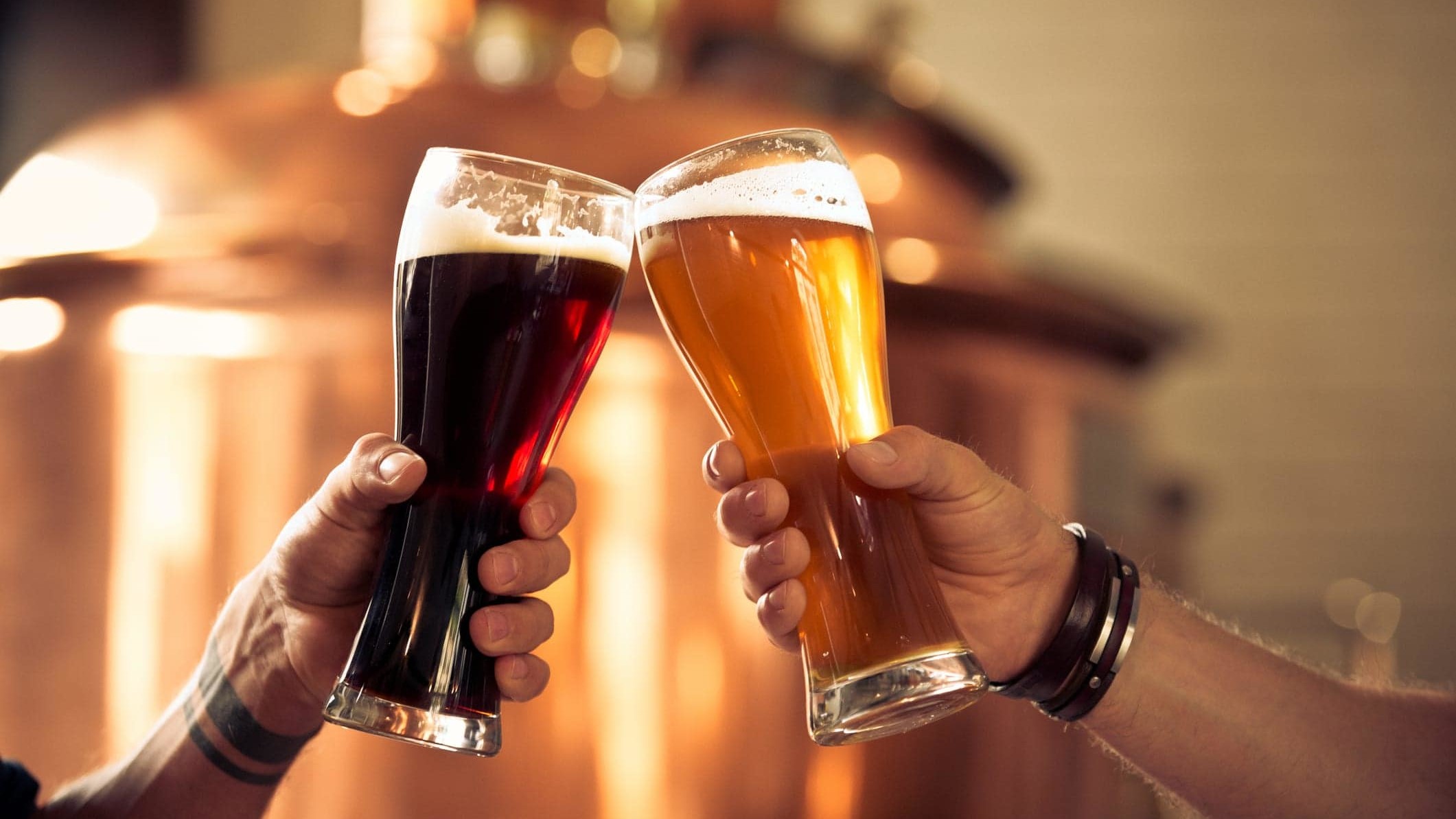“No matter what you’re making: Slinkies, cars or beer, it begins with quality,” says Rob Kevwitch, co-owner and self-proclaimed Brewing Fellow at Grist Brewing Company.
With two locations in Denver south — a newer spot in Lone Tree, and the original in Highlands Ranch — it appears that commitment to quality is paying dividends.
And good beer doesn’t happen without that magical process of transformation, where sugary water is turned into the bubbly stuff: fermentation.
With a PhD in Organic Chemistry, it seems like Rob was well prepared to be a master of fermentation from the beginning. But, he says that wasn’t his approach.
“I was a homebrewer, like how most people got started,” he says. “A lot of people [who are homebrewers] are told by their friends that they have good beer, but they don’t necessarily have beer good enough for commercial production. My homebrew was good. For us to be good on a production scale, we hired an experienced commercial brewer initially, so we could learn from him and focus on everythings and make the best possible beer right from the get-go.”
At Grist, Rob says they try to hire people with diverse skills and knowledge, which ultimately improves the quality of the beer.
“Everyone adds something that no one else has. Some places want everyone to know the same thing, but that is not the way we do things. We want to hire people that know things we don’t.”
All of that experience comes together to make Grist successful, just like fermentation combines all of the ingredients — water, grains, malt and yeast — to make beer.
You have one job
Kevwitch says that in its simplest form, fermentation is the result of one important process.
“You have a single style microbe that is designed, evolved over the years to do one thing. That one thing is to chew up sugar.”
As yeast activates, it consumes the sugars created during the brewing process, and spits them back out as alcohol. But while yeast has one important job to do, how it does it has a huge impact on the final product.
“As you look at different types of yeast, some are good at complex sugars, some are good at putting out flavors that are desirable, or that aren’t desirable,” he notes. “Some of the byproducts of fermentation are the flavors you get out of beer.”
A good hefeweizen, for example, might contain banana flavors, which are actually the result of the byproducts yeast is leaving behind while it’s eating up all that sugar.
It sounds like magic, and in ancient times brewing beer really did seem magic. But today, brewers can manipulate different aspects of the fermentation process to achieve desired results.
How to control fermentation
The first thing brewers can control is temperature.
“One degree up or down can completely change the flavor,” Kevwitch says.
As HowToBrew.com puts it: “…too cold and [yeast goes] dormant, too hot (more than 10°F above the nominal range) and they indulge in an orgy of fermentation.”
Homebrewers might use all kinds of strange DIY techniques to control temperature, and as you can imagine, it gets even tougher on the commercial level. Luckily, they have more tricks up their sleeves.
You’ve heard plenty about how stress affects your body, and in the world of fermentation, stress is an important factor as well.
It has to do with the yeast’s pitch rate. As Rob puts it: “How many cells per unit of sugar we actually put in.” Calculating the pitch rate will have a huge impact on the final outcome, and it has to do with how hard the yeast has to work.
“Think of it like this,” Kevwitch explains. “If you’re an offensive lineman, and you stop by the buffet and need to eat a lot, fine. But if you’re just a regular person, and I said it’s your job to take down the whole buffet by yourself, you’re going to get stressed. While you’re eating you might start sweating or putting out other chemicals. That’s what we do to yeast, stress them.”
In the hefeweizen example, using a low pitch rate and forcing the yeast to work hard to eat up all the sugars creates byproducts that add those banana and bubble gum flavors hefe is known for. For a nice, clean lager, you’d aim for a higher pitch rate where the yeast will eat everything up easily.
“You’re manipulating the fermentation process,” Rob says.
A tale as old as time (or at least beer)
Suggested Reading:
Rob says what Grist does isn’t necessarily unique.
“People have been brewing for the last 15,000 years. I have a hard time believing that what we’re doing here has never been done before,” he says.
But Rob says Grist will never let up on their devotion to quality.
“We focus on quality. We’re not afraid to dump beer. We’ve dumped more of my beer than anyone else,” he admits with a chuckle.
When you have a cold brew at Grist, you can rest assured that it’s a good batch, no matter what lengths they had to go through to get there.
And as you let the flavors swirl around your mouth, think about how hard that yeast worked just so you could enjoy it.
Sure, there’s science behind it, but it’s still pretty magical.
Rob Kevwitch is a Brewing Fellow and co-owner at Grist Brewing Company.



